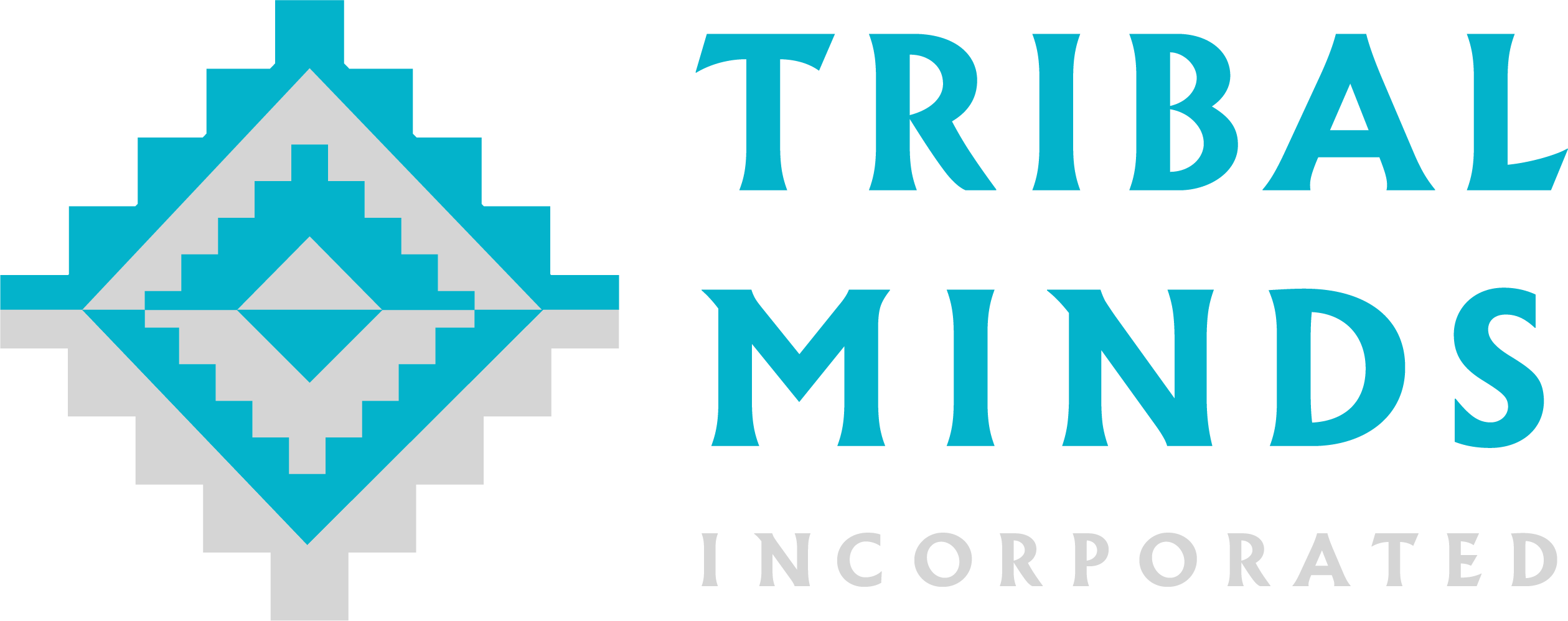The Lenca are an Indigenous people of western Honduras and eastern El Salvador that possess a rich history of Native ideas and cultural practices, from ceremony to ritual to food to architecture to art to language. Lenca communities reside in a living culture embedded with the deep forests and jungles of the sacred Lenca realm. And while we have for many generations only held limited ties to the Lenca, we know from our history that the knots between our communities are intricate. There is a long lineage of travel, cultural diffusion, and networks of relatives across the whole land where Uto-Aztecan languages connected.
In the Lenca, we recognized ourselves.
We were invited by the Lenca to participate in the process of cultural reconstruction. When we arrived in western Honduras, we came together with Lenca people from many different communities across the region with other Indigenous people invited from Colombia and Mexico to reconstruct the Lenca's traditional sun ceremony. Our team included our Chief Executive Officer, Brian Melendez, who serves his Tribe as a spiritual leader and Sundance Chief; Orlando Ortiz, a Purépecha artist and member of the Board of Directors for our organization; Bruce Sanchez Jr., a Shoshone-Paiute community organizer and ceremonial singer; and Mike Carson, a wellness practitioner and sexual health educator.
We understood our work with the Lenca as working with relatives on a shared project. Like us, the Lenca had dealt with the same profound burden of genocide at the hands of conquerors. Their sacred land has been colonized by the Spaniards, which was the same conquering force that encroached on Paiute land before the U.S. military. Long before that, the Lenca and Nevada Natives were tied with the threads of familial and cultural exchange. While this was a historic moment for all of our communities, we were not unknown to one another. The practice of convening with the Lenca was reconnecting with relatives across the great gap of settler-imposed time.
Working together was brand new in our lifetime, not in our culture.
To revitalize this connection, we needed an attitude of reciprocation. That is very different from a transaction. “If you have come to help me, you are wasting your time," said Lilla Watson and other Indigenous organizers of the 1970s occupations and anti-apartheid movement in Australia, "[but] if you have come because your liberation is bound up with mine, then let us work together.” It might be tempting to understand this quote as transactional, but that would miss the point entirely. Reciprocation is the defining feature. The success of the Lenca in reconstructing their culture depends on us reconstructing ours and vice versa. We help one another to become ourselves. There is no transactional language in the world that makes someone care about the other's self-actualization, but there is a reciprocal way of relating to each other and the land that is key to constructing Indigenous futures.
Geocultural engineering with the Lenca gave the Lenca the power to recreate culture in only a few years when it may have taken a generation. In Nevada, our community development is thirty to forty years behind similar Tribal communities in the United States. We have been working to reconstruct our cultures for a generation. But while we strove over decades to reconstruct our Tribal culture, adapting old beliefs for what works in our community, we learned a lot. We shared that information with the Lenca, so they only need to take half as much time as we did to develop their community in the way that works for them.
Through geocultural engineering, we can speed up a process that may otherwise take a generation. Of course, the culture we recreate will change and adapt and evolve. Geocultural engineering just plants the seed, establishing the physical space to try out what works, to live into the future the community envisions.
But the children who grow with reconstructed culture, who become themselves inside its vines, who will dream and change within the cultural practices we create, will be its benefactors. They will benefit from geocultural engineering. They will reap the rewards of community development. The final product of geocultural engineering will not – cannot – be felt until children live out the fulfilled dream and change it for themselves. People will be born into reconstructed culture and understand it in complex ways we cannot. They will express its depths in ways we can't sense. And they will perform and adapt it to new times, times we cannot yet imagine.
Geocultural engineering just makes it possible to attain the dream in their lifetime, not the next.
